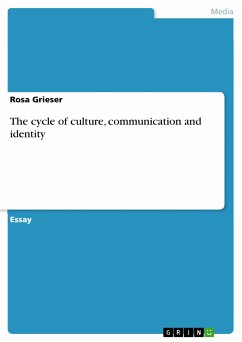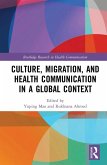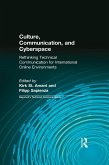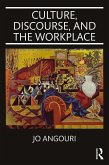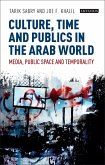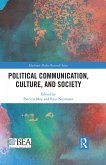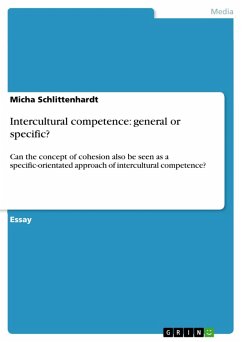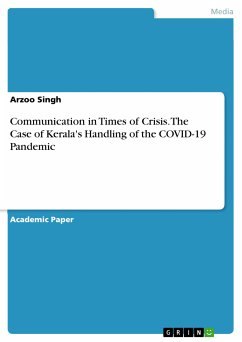Essay from the year 2012 in the subject Communications - Intercultural Communication, grade: 1.3, Charles Darwin University, language: English, abstract: When human beings are in the company of relatives, friends and neighbors, they might take it for granted that communication is a complex continuous process which has many nonverbal as well as verbal components. It is in the encounter with a stranger or being in a strange situation which inherent uncertainness. Having expectations how a stranger may act or how to act in a strange situation can help to reduce this uncertainness. These expectations are based on particular social convention, which are part of what is vague called culture (Payer: 2011). If a situation cannot meet the expectations, people become suddenly aware that, because all customary behaviors convey information, they struggle to understand the happening until they know the particular cultural code (Leach:1996:9p ). A cultural code describes the system of representation by which signs and their meanings are arranged by cultural convention to temporarily stabilize significances in particular ways (Barker 2005: 436). Traffic lights are coded in a sequence: red for stop, orange for pause and green for go.
Dieser Download kann aus rechtlichen Gründen nur mit Rechnungsadresse in A, B, BG, CY, CZ, D, DK, EW, E, FIN, F, GR, HR, H, IRL, I, LT, L, LR, M, NL, PL, P, R, S, SLO, SK ausgeliefert werden.
Hinweis: Dieser Artikel kann nur an eine deutsche Lieferadresse ausgeliefert werden.

